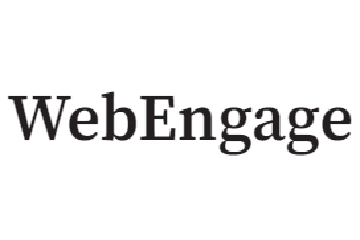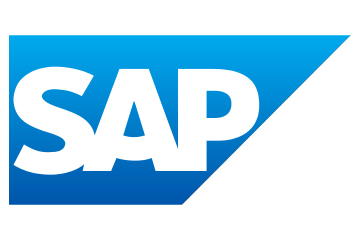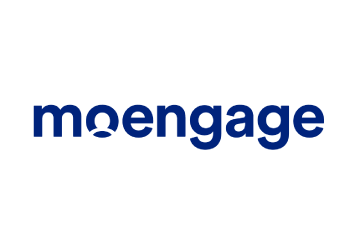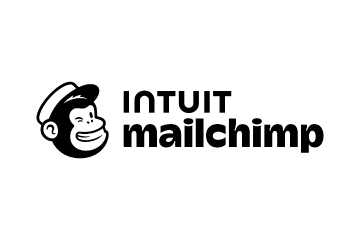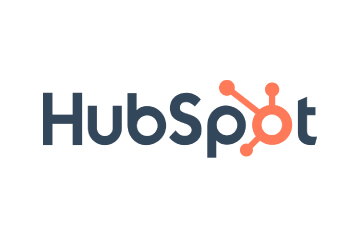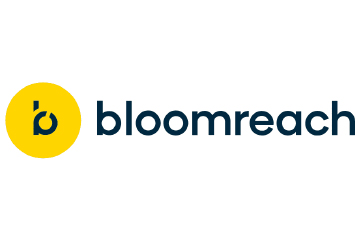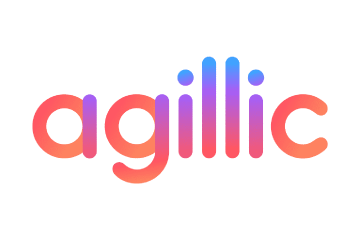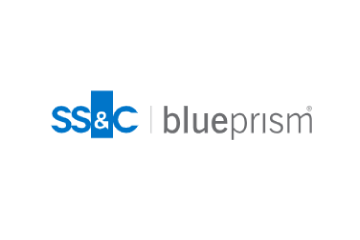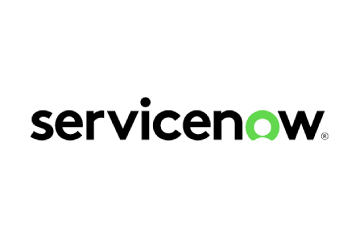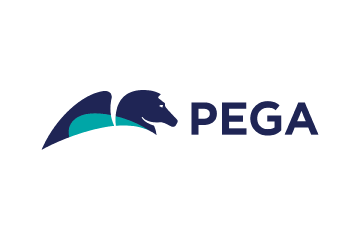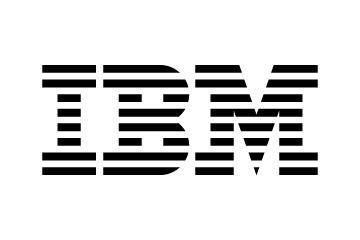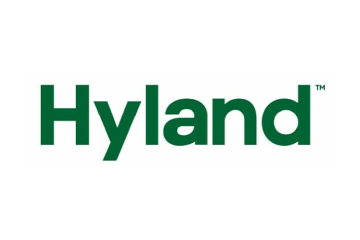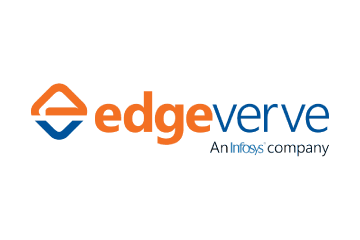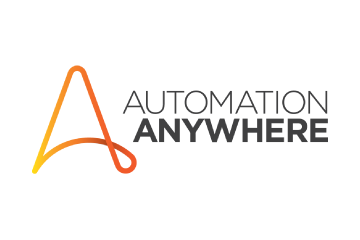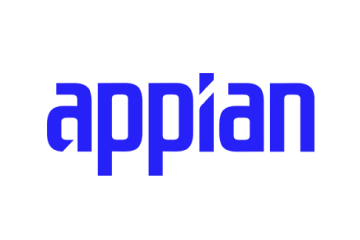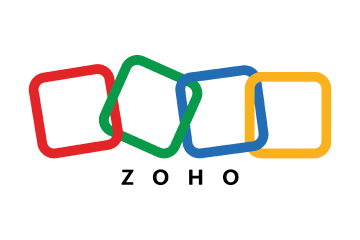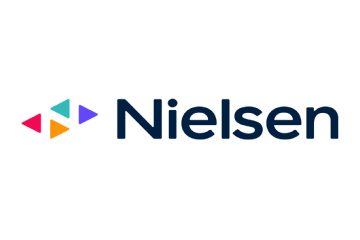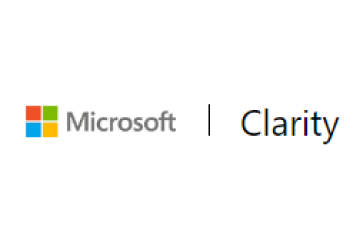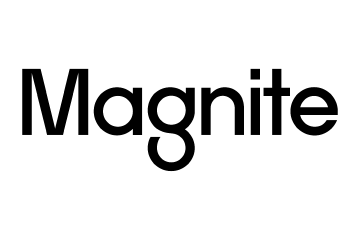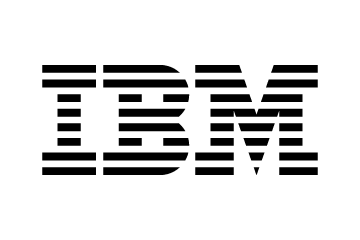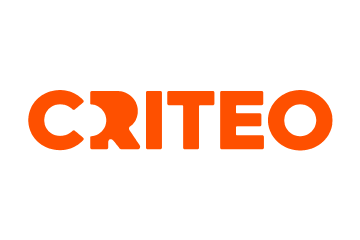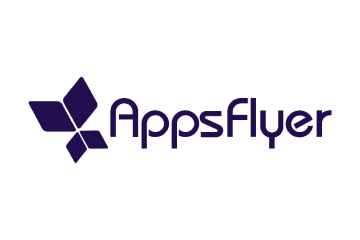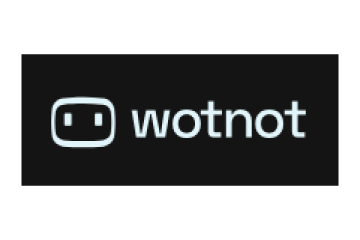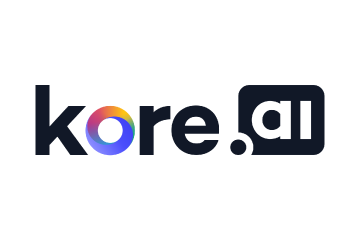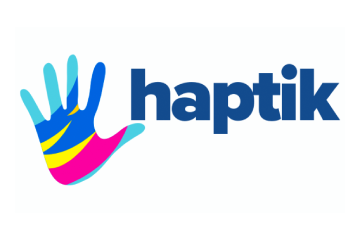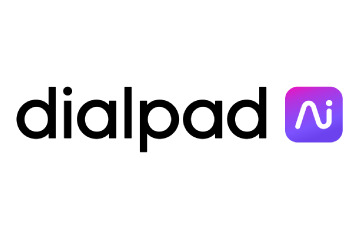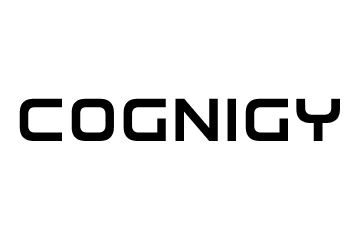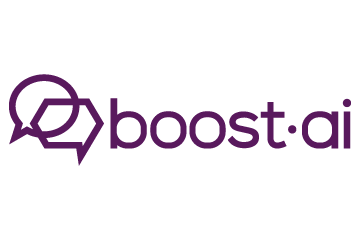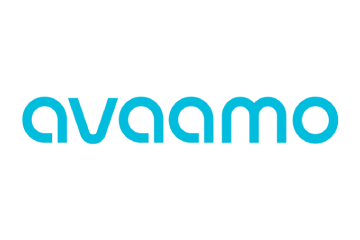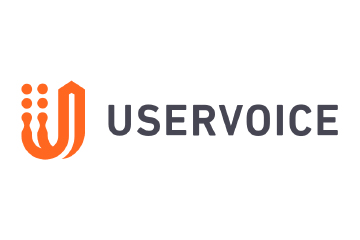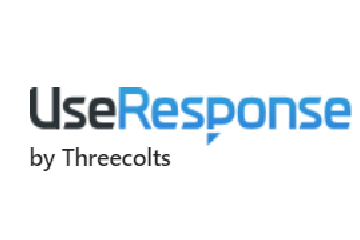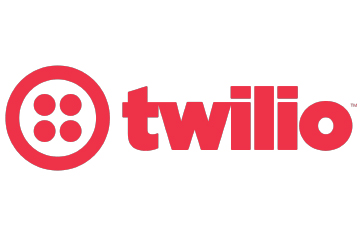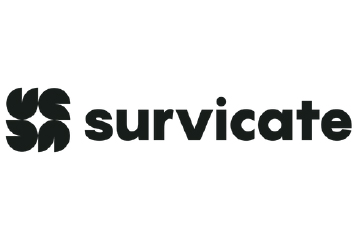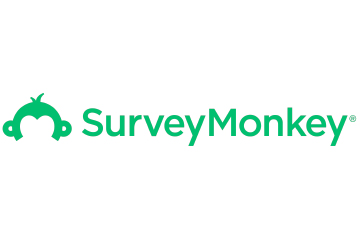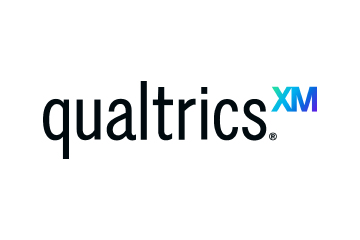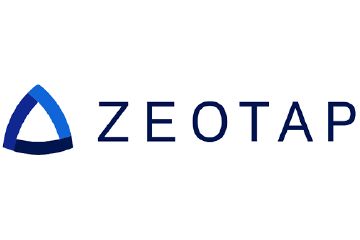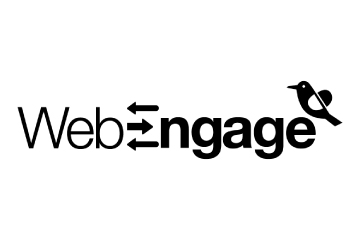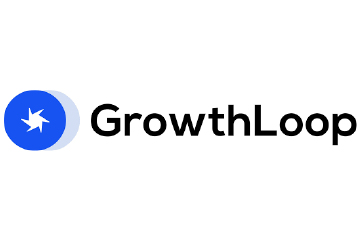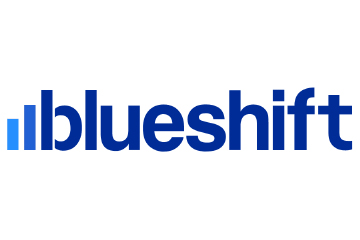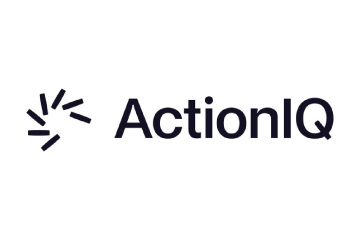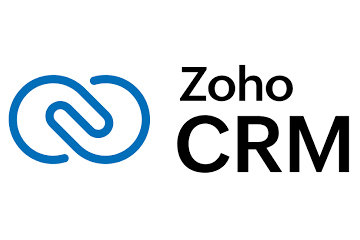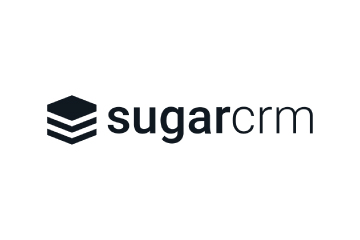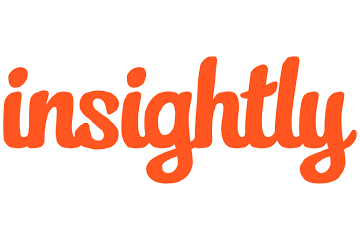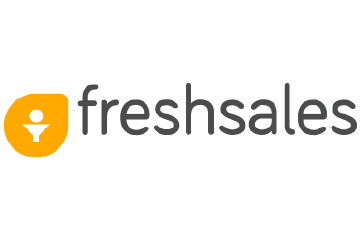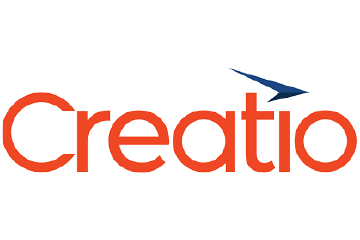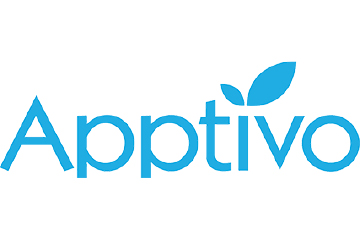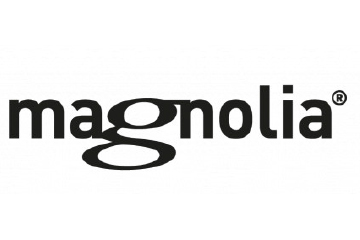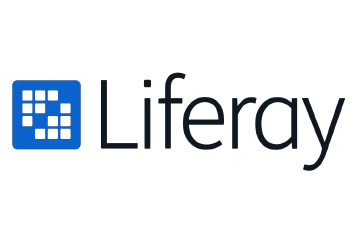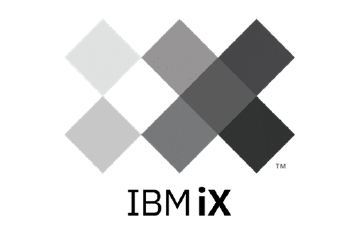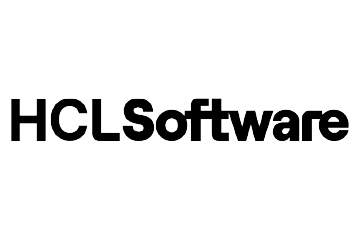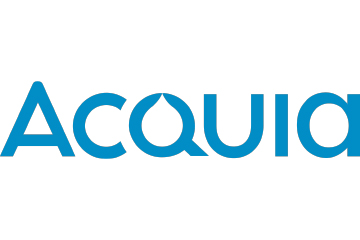Strategic Sales During Periods of Uncertainty Will Save Retailers
To keep the economic engine running, marketers must now shift their focus to maintaining connections with core audiences and spending on the channels that generate the best value, says Netta Lev Sadeh, Managing Director EMEA-SANI at AppsFlyer.
Topics
What to Read Next
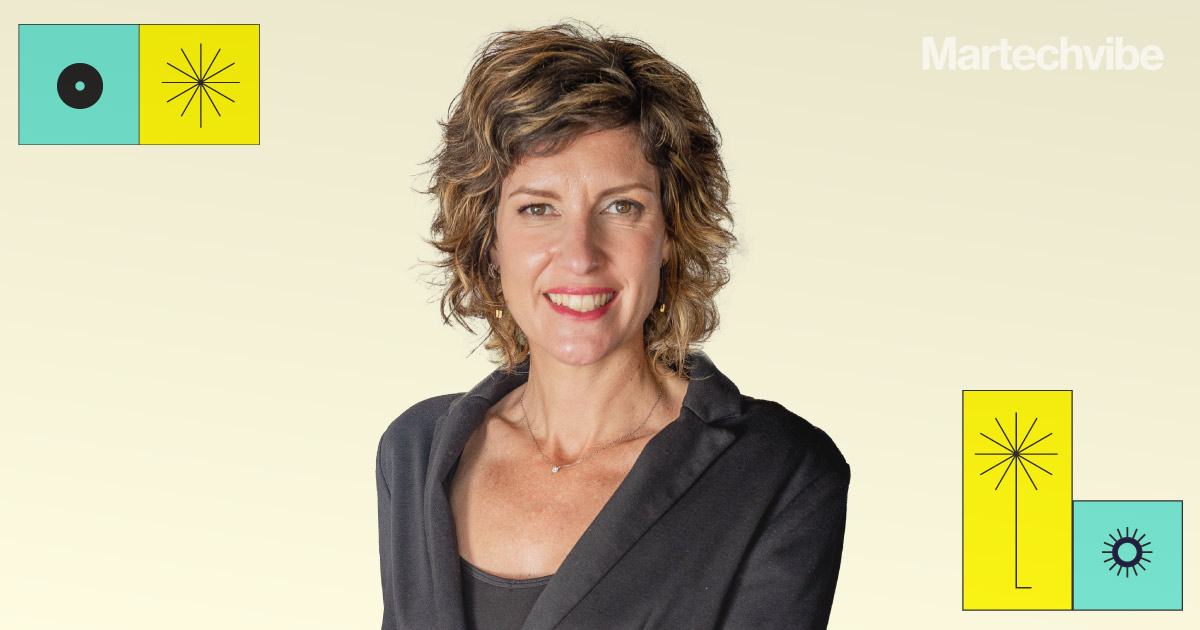
“Not only are large sections of the population mobile-first (or even mobile-only) when it comes to digital activity, approximately two-thirds of the population of Sub-Saharan Africa do not have a traditional bank account – known as “unbanked,” says Netta Lev Sadeh, Managing Director EMEA-SANI at AppsFlyer.
Mobile penetration in Sub-Saharan Africa is expected to reach 50% of the region’s population by 2025. Sadeh says mobile marketing and super-apps are becoming a much-needed refuge for the citizens. The early stages of super-apps in the region make for exciting competition for brands wanting to increase their customer base and loyalty.
In the case of the fintech startups, Sadeh says the industry is setting an example with the adoption of super-apps and mobile marketing to suit the needs of the digital-first customer.
Martechvibe had a chat with Sadeh on the current landscape of mobile experiences in Africa and the future ahead. Excerpts from the interview;
What are the biggest challenges in scaling mobile customer experiences? What is AppsFlyer’s approach to resolving these?
Better experiences are the key to better marketing. Customers interact with brands across numerous online and offline touchpoints, and AppsFlyer’s solutions allow marketers to create, manage, and measure mobile marketing campaigns across every major channel, including email, social media, mobile web, QR codes, and more, while preserving the customer’s privacy. In addition, driving profit is the name of the game these days – we enable brands to optimise towards profitability by measuring their actual bottomline with a unified view of campaign cost and attributed revenue.
Amidst an economic downturn, how can marketers in the South African region and globally improve their ROAS through mobile marketing?
Marketers all over the world are feeling the heat in the current economic climate, needing to make the most of reduced budgets and smaller teams while delivering stronger results. As such, elaborate campaigns are out, and precise and highly-effective ones are the focus.
To keep the economic engine running, marketers must now shift their focus to maintaining connections with core audiences and spending on the channels that generate the best value. For app marketers, this also means that they need to diversify their mix of channels in order to engage their users all along the funnel, drive installs, boost retention rates, and build loyalty. As our latest State of eCommerce Report shows, retailers often end up being hit hardest when consumer spend is reduced during periods of uncertainty, making major sales and shopping events a crucial strategy to engage new customers and drive loyalty with existing audiences. South Africa’s share of paying users peaked in November 2022, driven by the frenzy of Black Friday. This makes it all the more important to prepare for such events now, together with strategic technology partners.
How are mobile apps transforming the finance sector in Africa? Can brands foresee a bright future with this channel?
The tech sector in Africa has experienced tremendous growth over the last few years, but one industry that stands out is the financial sector. In 2021, more than $1 billion was invested into fintech startups, representing more than half of all total funding received that year, and the majority of African unicorns are fintech.
The growth of neo-banking in Africa indicates a major change in the financial scene of the continent. With increased access to affordable and convenient banking services, there will be an improvement in financial inclusion, leading to economic growth and development. Traditional banks can also take advantage of the rise of neo-banks by learning from their digital-first approach and innovating to stay competitive. The African banking sector is currently going through an exciting phase as it adapts and embraces the digital revolution. And it is quite exciting to see African neo-banks expanding outside of the continent, such as our customer Kuda becoming Africa’s second neo-bank to expand its services into South Asia.
How are super-apps and neo-banks replacing conventional banking functions?
From building infrastructure to developing a wide range of consumer-facing products, startups and enterprises have been quick to meet the evolving needs of their customers across the continent. Many of these products are mobile-first, including super-apps, digital banks, crypto exchanges and payments.
There are many reasons for the rapid rise, but as with any industry, customer demand is the ultimate driver of growth.
Not only are large sections of the population mobile-first (or even mobile-only) when it comes to digital activity, approximately two-thirds of the population of Sub-Saharan Africa do not have a traditional bank account – known as “unbanked”. For those that do, more than half of Nigerians and South Africans report that it takes more than a day to receive money when funds have been transferred to them – cause for concern on both an individual and business-wide level. As a result, many are turning to technology as they attempt to grapple with economic recovery, and the industry is responding in kind.
With mobile penetration in Sub-Saharan Africa expected to reach 50% of the region’s population by 2025, and with a significant young population, it should be no surprise then to see that many users have turned to mobile apps for loans, payments, cryptocurrency, and other financial services – paving the way for rapid growth.
In Africa, super-apps are still in the early stages compared to industries like fintech, ecommerce and logistics – leading to fierce competition by several industry players to dominate this space, with examples such as Avo (Nedbank), MTN and Opay (Opera, China). Super-apps possess the capability to revolutionise the industry. By consolidating various services into one platform, super-apps can enhance user convenience, affordability, and accessibility. Additionally, they have the ability to promote financial inclusion by granting users access to features such as mobile payments, savings, and loans.
What is the role of artificial intelligence in enabling seamless app experiences?
The capabilities of technologies such as ChatGPT or Google Bard open up opportunities to save teams many hours and alleviate the pressure on stretched resources. For example, by inputting the right prompts that describe the content’s tone, audience, and the issue it is meant to address, app marketers can use ChatGPT to formulate ideas or enhance existing content.
From ad copy to social posts, ChatGPT can be used to complement human creativity and accelerate output. For app marketers, it’s a new, exciting playground – but the real game-changer for their app’s success is the Chat GPT Plugins, which allow its users to interact with other services through ChatGPT’s interface. With the plugins, ChatGPT users can already query services like Expedia, FiscalNote, Instacart, KAYAK, Klarna, and Shopify to get real-time, actionable answers from these data sources without leaving OpenAI’s platform. We recognised the disruptive potential early on and developed a solution for our clients to measure the customer journeys and performance of their ChatGPT and Bard plugins across all platforms – including mobile app, CTV and web, as well as across all paid, social and organic traffic sources such as Meta, Google, and Apple.
Sadeh will take the stage at the Vibe Martech Fest at Two Oceans Aquarium, Cape Town, South Africa, on 26-27 July 2023 as part of a panel discussion: Creating Connected, Hyper-personalised Moments. Register here.








